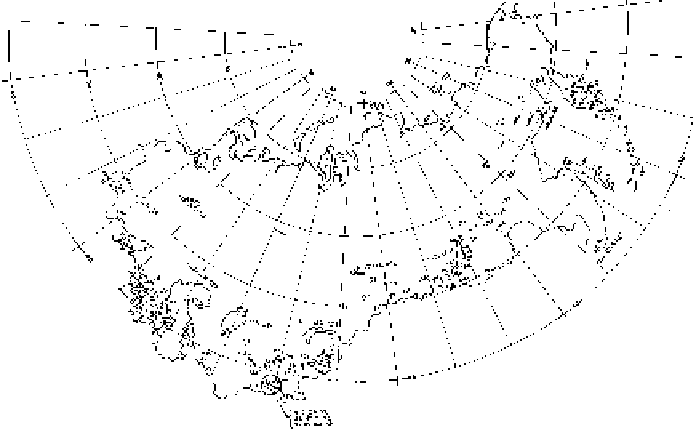Geoscience Reference
In-Depth Information
onto 70-mm film chips for distribution (about $1 per chip). This network is cred-
ited with making possible rapid progress in global seismology and with aiding the
plate-tectonic revolution in the earth sciences in the late 1960s (Sykes 2003).
At about the same time, the Unified System of Seismic Observations (ESSN)
of the former USSR and its allied countries was established for monitoring earth-
quakes, consisting of almost 100 stations equipped with Kirnos short-period, broad-
band (1-20 s displacement sensing), and long-period seismographs, as shown in
Fig. 4 (Shishkevish 1974).
Despite its great success, the WWSSN declined after the mid-1970s. By then
it had produced about 4 million seismograms, far more than seismologists could
efficiently process and analyze. After about 10 years of operation, funding for the
WWSSN began to disappear. The initial cost was funded by the U.S. Defense Ad-
vanced Research Projects Agency (DARPA), which emphasized research and not
long-term operation. Funding for continuing the WWSSN was then left to the Na-
tional Oceanic and Atmospheric Administration (NOAA) and subsequently to the
U.S. Geological Survey (USGS). Because of statutory restriction, the USGS could
not support global stations outside the United States. Although the U.S. National
Science Foundation (NSF) did pick up the funding for supporting foreign stations
for some time, NSF also wanted to avoid funding any ongoing seismic networks.
In addition, the emphasis in seismology at the USGS was shifting to earthquake
prediction, then considered a new and promising venture. Earthquake prediction,
however, turned out to be far more difficult than anticipated (e.g., Kanamori 2003).
Fig. 4
Location of seismographic stations in the USSR (from Shishkevish 1974). Station names
corresponding to the numbers shown can be found in Shishkevish 1974 (p. 10)

Search WWH ::

Custom Search